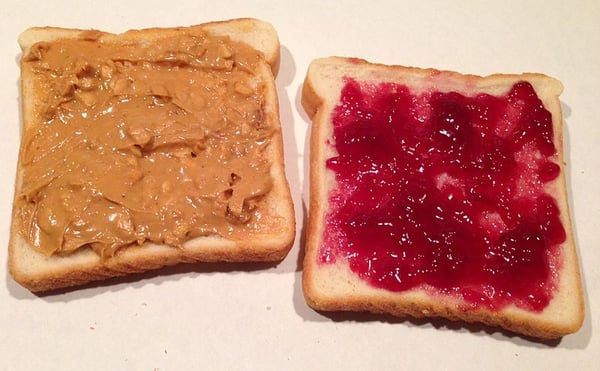Computational Thinking is the buzzword of the moment. But what does it mean and how can you use it meaningfully with your students?
What is Computational Thinking?
Computational thinking is the process of breaking down a complex problem into easy to understand parts. Essentially, computational thinking helps you break down a problem into bite-sized pieces that a computer could understand and ultimately help solve.

Computational thinking is not programming. Programming tells a computer what to do and how to do it. Whereas computational thinking is the process of figuring out what to tell the computer to do. Computational thinking is the process of thinking like a computer scientist.
Think of the classic example of having kids write a recipe for a peanut butter and jelly sandwich (or any recipe, really). Creating a peanut butter and jelly sandwich is something that seems so intuitive that crucial information is often overlooked when writing this recipe. Afterall, if a reasonable person were to read the instructions, he could probably intuit how to fill in the gaps. But a computer couldn’t. Teaching students to see those gaps and fill them in with explicit instructions is a form of computational thinking.
 Photo Credit: JefferyGoldman
Photo Credit: JefferyGoldman
The Four Pillars of Computational Thinking
The process of computational thinking can be broken down into four components, or pillars.
- Decomposition - breaking down a problem into smaller parts
- Pattern Recognition - looking for similarities within a problem
- Abstracation - ignoring unimportant information and only focussing on important information
- Algorithms - developing the step-by-step rules to follow in order to solve the problem
Each of these pillars plays a crucial role in computational thinking and using them correctly leads to a better understanding of computational thinking.
How to use Computational Thinking
While often associated with computer science, computational thinking principles can be found across disciplines. In PE, students can act out algorithms through a series of repeated dance steps. In geography, computational thinking can be used to plot a route from one place to another. In math, decomposition tells students how to approach complex problems. In Language Arts, students use pattern recognition when studying poetry.
It’s likely that your students are already using the pillars of computational thinking in your class without realizing it. Now that you know, see how many ways you can identify computational thinking within your current class structure.


helpful information, computer science